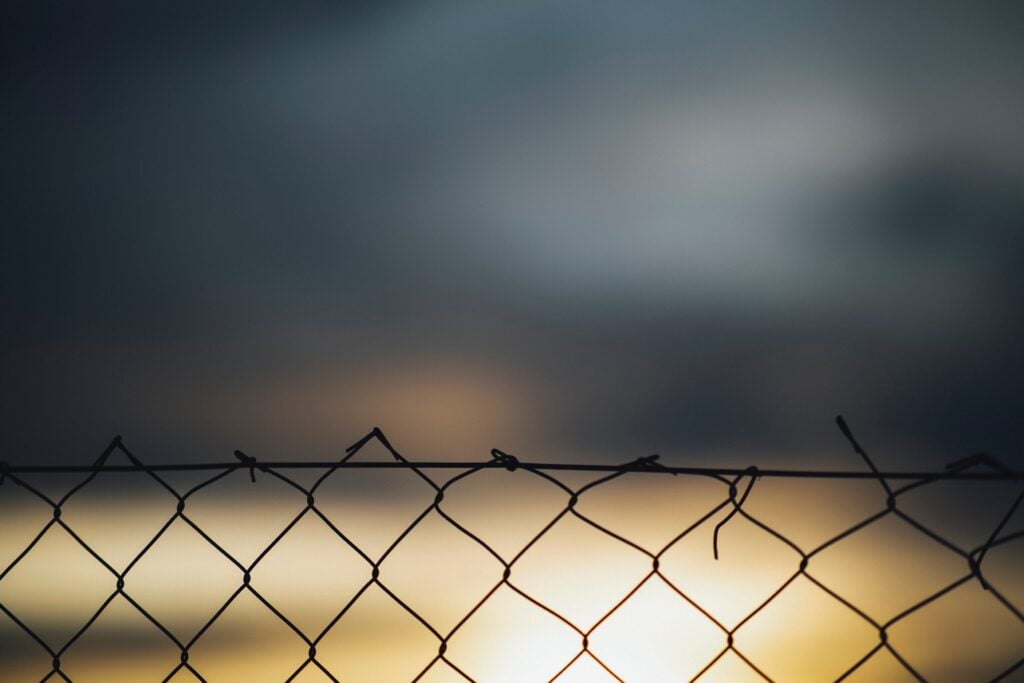Last week the Queensland opposition leader Deb Frecklington announced plans for a trial of curfews in Cairns and Townsville. Children under 14 would be subject to a curfew of 8pm, 10pm for children aged 15-17 and their parents would have to cop a $250 fine upon their release. The details of where they would be held and for how long were unclear.
Disappointingly, yet unsurprisingly, the LNP have reached deep into their campaign toolkit and pulled out a good, old-fashioned ‘tough on crime’ narrative, replete with a healthy dose of racist dog-whistle.
Bianca Hogeveen, Democrats Youth Team
Taking a look at the numbers
State-wide data from the Queensland Government Statistician’s Office shows that over the past 20 years, reported offences against property and people have declined.
Assessment of data at a regional level in Townsville demonstrates an 1.5% increase in overall crime rate from the 2017-18 period to 2018-19 period and 9.5% over the past nine years. For Cairns, overall crime rates actually fell 0.5% over the single-year period and rose 4.9% over the nine-year period.
In comparison to the rest of the state, the jumps in Cairns and Townsville are average if not smaller. Regions such as Moreton Bay South, Wide Bay and North Brisbane saw single year increases of 9.8%, 7.3% and 6.9% respectively.
The data also illustrates that while the rise in total crime hasn’t been significant, rates of certain “signal crimes” had seen an increase. The term “signal crimes” describes offences that incite disproportionate amounts of fear in the public such as car theft and robbery.
The full picture
As always when it comes to issues such as crime, addressing the problems that lay outside of data that relies on people reporting and recording them is paramount.
The region has seen a more proactive police presence, increased media coverage on crimes and an escalation of vigilantism, including semi-organised street patrols and crime-watch social media groups. Such behaviours are often noted by experts as a magnet for fear, anxiety and animosity.
Fear and anxiety of crime in a region already riddled with racial polarisation is dangerous for young Indigenous children. A 2018 study on Social Media, Vigilantism and Indigenous People in Australia highlighted how anti-crime Facebook groups “produce and reproduce a racialised narrative of crime, which at the same time has the effect of legitimising violence against [young] Indigenous Australians”.
Evidence doesn’t support curfews
The opposition’s vaguely outlined plan reflected the outdated management style which plagues much of the Australian criminal justice system and evidence fails to support the notion of curfews actually reducing rates of youth crime.
A systematic review of compiled evidence up to 2014 undertaken by the Campbell Collaboration found that;
[…]all the studies in the review suffer from some limitations that make it difficult to draw firm conclusions. Nonetheless, the lack of any credible evidence in their favor suggests that any effect is likely to be small at best and that curfews are unlikely to be a meaningful solution to juvenile crime and disorder.
Western Australia introduced a similar curfew in 2003. Yet, it was found to be ineffective in reducing crime by a 2017 report from Edith Cowan University.
It’s no wonder that the Report on Violence Against Children from the United Nations Convention on the Rights of the Child called for the abolition of status offences, including curfews. Australia’s signatory to this convention has been cited by Amnesty International Indigenous advocate Joel Mackay as a potential breach to international law.
Evidence for curfews and punishments curbing re-offending is also minimal and our nation-wide reputation for recidivism isn’t exactly one to write home about. 55 per cent of Australian prisoners released during 2016-17 had returned to prison or a community corrections program within two years. The Australian Institute of Health and Welfare found that the highest rate of youth recidivism comes out of Queensland, with 66 per cent of young people released from a supervised sentence in 2017-18 returning within one year.
The LNP’s proposal, whether knowingly or not, targets young marginalised and First Nations people who are already vastly overrepresented in Australia’s criminal justice system.

Indigenous minors account for almost 70 per cent of incarcerated juveniles.
In communities with higher populations of First Nations peoples, such as Cairns and Townsville, governments should be supporting more initiatives that empower Aboriginal leadership rather than implementing law and order strategies that are more likely to encourage violence and vigilantism against young Aboriginal children.
There are multiple alternative measures to curfews that don’t criminalise individuals and financially penalise families. Street beats, night patrols, creating community spaces that offer activities and, brace yourself, grassroots strategies that support fostering a sense of belonging and the move away from the excessive reliance on incarceration and criminalisation.
And yet, when peering across party lines to the likes of Labor, One Nation and Katter’s Australian Party, there is no solution that steers far from a law and order approach.
The Palaszczuk government announced a state-wide boost to police numbers, with 130 officers being sent to Townsville, and passed new laws that denied bail to repeat offenders (despite last year’s reports and evidence of minors being held in solitary confinement and in police watch houses for extended periods of time).
With similar ideas being supported by Katter’s Australian Party and One Nation, the LNP also offered to move away from youth bail houses and trial “community payback farms”. To crack down on “young thugs”, the opposition party included a three-strike detention policy as part of an ‘early intervention strategy’ as well as laws ensuring a young offender’s criminal record would stay with them into the adult court system.
There is no one-size-fits-all approach when it comes to addressing issues dealing with youth from diverse and often marginalised backgrounds. The assumption that governments and law enforcement can arrest their way out of youth crime not only lacks sufficient evidence but does little to support sustainable solutions to regions that need a positive sense of community, not curfews.
Top photo by Markus Spiske on Unsplash
Photo by Bill Oxford on Unsplash

